
Nan of Music Mountain is a 1917 American silent drama film directed by George Melford and Cecil B. DeMille. The film is based on Frank H. Spearman's novel of the same name and stars Wallace Reid and Anna Little.

Old Wives for New is a 1918 American silent drama film directed by Cecil B. DeMille. It is based on the 1908 novel of the same title by David Graham Phillips.

Headin' South is a 1918 American silent romantic comedy film directed by Arthur Rosson with supervision from Allan Dwan and starring Douglas Fairbanks. The film is now considered to be lost.
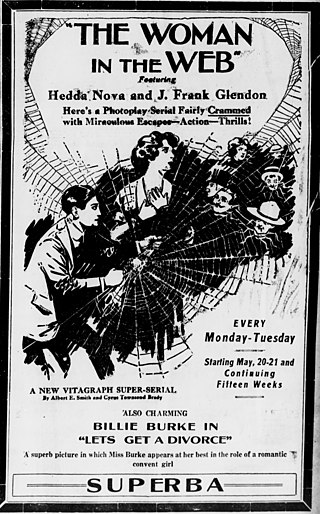
The Woman in the Web is a 1918 American drama film serial directed by Paul Hurst and David Smith. It was the 9th of 17 serials released by The Vitagraph Company of America. This World War I period serial about a Russian princess and the overthrow of the Tsar introduced the concept of the Red Menace to serials. The serial is now considered to be a lost film.

The Midnight Flyer is a 1918 American short action drama film directed by George Marshall and starring Hoot Gibson.

The Mystery Ship is a 1917 American adventure film serial directed by Harry Harvey and Henry MacRae. The film is considered to be lost.

The Bull's Eye is a 1917 American film serial directed by James W. Horne. It is now considered to be a lost film.
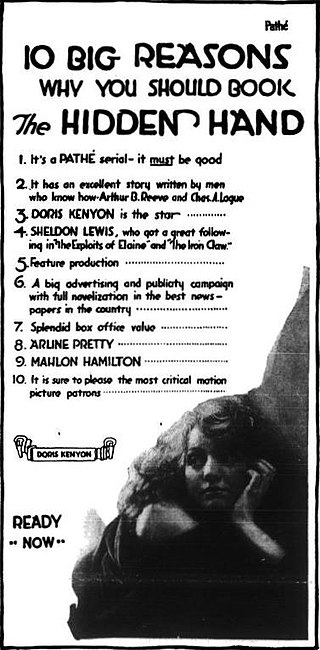
The Hidden Hand is a 1917 American film serial directed by James Vincent. This is a lost serial.

Which Woman? is a 1918 American silent drama film directed by Tod Browning and Harry A. Pollard. The film stars Ella Hall as a reluctant bride and Priscilla Dean as an adventuress and leader of a gang of thieves. The story was remade in 1923 as Nobody's Bride.

The Marriage Ring is a lost 1918 American silent drama film directed by Fred Niblo.

The Secret of the Storm Country was a 1917 American silent drama film directed by Charles Miller and starring Norma Talmadge. The film is described as not a direct sequel but a "continuation" of the 1914 film Tess of the Storm Country, starring Mary Pickford. The film is now considered lost.

The Passing of the Third Floor Back is a 1918 British/American silent allegorical film based on the 1908 play The Passing of the Third Floor Back by Jerome K. Jerome and directed by Herbert Brenon. The star of the film is Sir Johnston Forbes-Robertson, a legendary Shakespearean actor, who starred in the 1909 Broadway presentation of the play and its 1913 revival. Forbes-Robertson had been knighted by King George V in 1913 and had retired from acting in theatre that same year. In his retirement Forbes-Robertson had only dabbled in film acting making a 1913 film version of Hamlet, the most famous role he had played on the stage. Filmed in 1916, it was released in 1918.

On the Level is a lost 1917 American silent Western film directed by George Melford and written by Marion Fairfax and Charles Kenyon. The film stars Fannie Ward, Jack Dean, Harrison Ford, Lottie Pickford, James Cruze, and Jim Mason. The film was released on September 10, 1917, by Paramount Pictures.
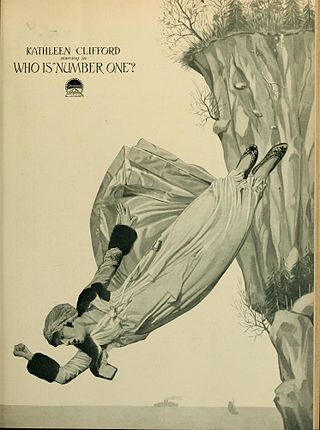
Who Is Number One? is a 1917 American silent mystery film serial directed by William Bertram and written by Anna Katharine Green. The film stars Kathleen Clifford, Cullen Landis, Gordon Sackville, Neil Hardin, Bruce Smith, and Ethel Ritchie. The film serial was released on October 29, 1917, by Paramount Pictures. It is presumed to be a lost film.

His Mother's Boy is a 1917 American silent drama film directed by Victor Schertzinger and written by Ella Stuart Carson. The film stars Charles Ray, Doris May, William Elmer, Josef Swickard, Jerome Storm, and Gertrude Claire. It is based on the short story "Where Life is Marked Down" by Rupert Hughes. The film was released on December 24, 1917, by Paramount Pictures.
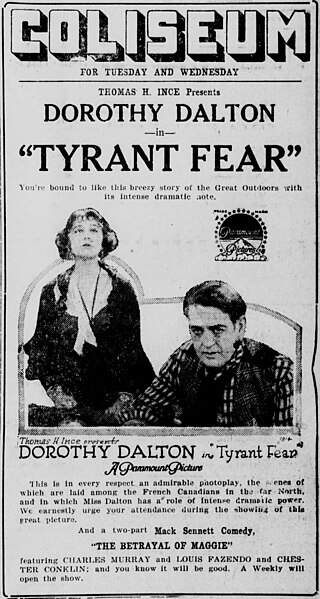
Tyrant Fear is a 1918 American silent drama film directed by Roy William Neill, written by R. Cecil Smith, and starring Dorothy Dalton, Thurston Hall, Melbourne MacDowell, William Conklin, Lou Salter, and Carmen Phillips. It was released on April 29, 1918, by Paramount Pictures. A print of the film is held by the Library of Congress.
Playing the Game is a 1918 American silent comedy drama film directed by Victor Schertzinger and written by Julien Josephson and R. Cecil Smith. The film stars Charles Ray, Doris May, Harry L. Rattenberry, Robert McKim, William Elmer, and Leota Lorraine. The film was released on May 5, 1918, by Paramount Pictures. It is not known whether the film currently survives, and it may be a lost film.
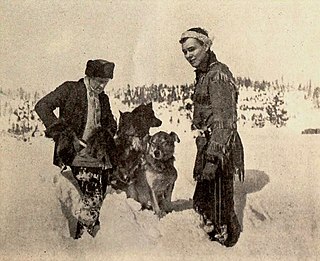
The Law of the North is a 1918 American silent drama film directed by Irvin Willat, and written by Ella Stuart Carson, John Lynch, and R. Cecil Smith. The film stars Charles Ray, Doris May, Robert McKim, Gloria Hope, Charles K. French, and Manuel R. Ojeda. The film was released on September 29, 1918, by Paramount Pictures. It is not known whether the film currently survives.

The Woman Who Gave is a lost 1918 American silent melodrama film directed by Kenean Buel and starring Evelyn Nesbit, a former Gibson Girl, "It girl" model and showgirl involved in a 1906 "trial of the century" that involved a killing and an allegation of rape – whose films often exploited the fame of her life story. The film was produced and distributed by the Fox Film Corporation. The film went into release the day before fighting in World War I ended.
Mountain Dew is a lost 1917 American silent comedy-drama film directed by Thomas N. Heffron and starring Margery Wilson. It was produced and distributed by the Triangle Film Corporation.



















